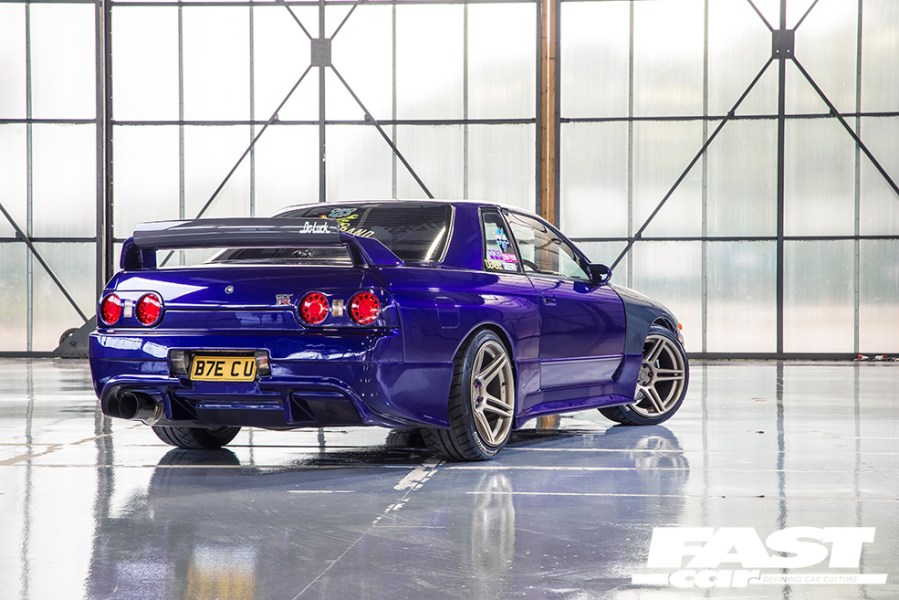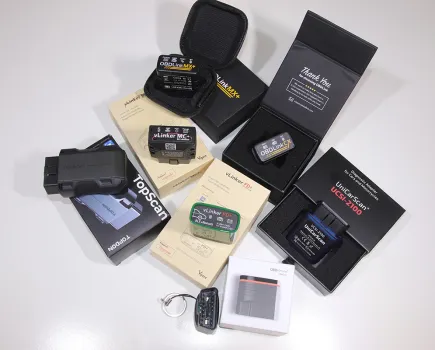It’s one of the most spoken-about cars on the internet, but here’s some Nissan Skyline GT-R trivia that you might not have heard before…
Every car nerd has heard about the GT-R’s ATESSA-ETS, RB266DETT engine, or even the origins of its Godzilla nickname. Let’s take a look at some other Nissan Skyline GT-R trivia that you might not have come across before.
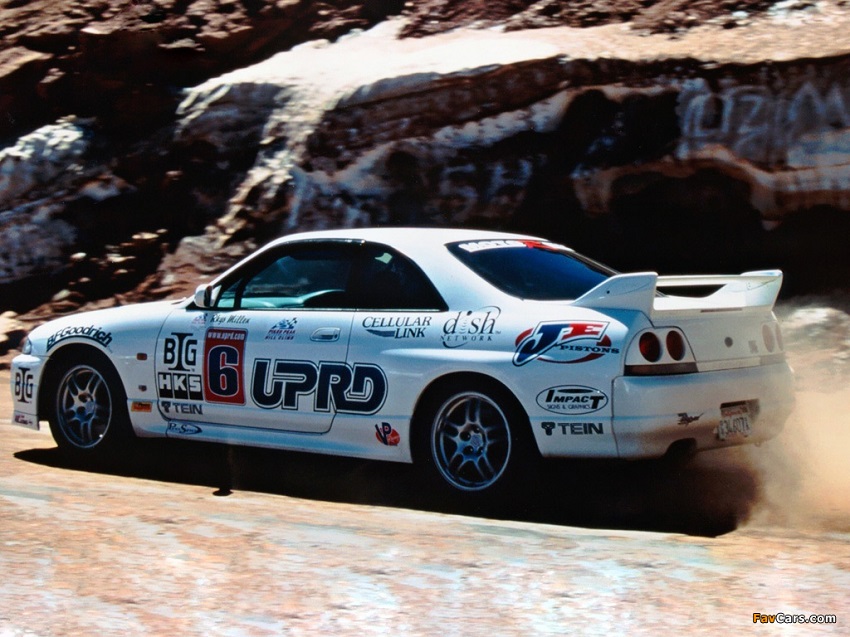
The Death of Leon’s R33
Despite its relative lack of screen time, Leon’s R33 Skyline GT-R is one of the best remembered early ‘Fast & Furious’ hero cars. It was only briefly featured in the first film of the nine-strong franchise, and yet, ‘Big Bird’ – as it was affectionately known – holds a place in many car enthusiast’s hearts. Unfortunately, that only makes its grizzly end even sadder. Here’s the full story…
Life before Fast & Furious
A now-notorious company called MotoRex (learn more about them here) imported this R33 GT-R to the States. As Nissan didn’t sell the car there directly, MotoRex intended to ship some examples across from Japan and legalize them for the American market. This car was one of the first that MotoRex ever imported, so naturally it got up to all sorts of adventures even before Fast & Furious was a consideration. For instance, Rhys Millen competed with it at the legendary Pikes Peak hillclimb event – yes, that white car pictured above on gravel is the same one that would appear in the film with a yellow livery.
Life after Fast & Furious
After production of the first Fast & Furious movie concluded, Sean Morris, who at the time was an employee at MotoRex, took custodianship of it. Once the Skyline was back in his hands, Sean naturally decided to take it onto the circuit. Eventually though, the movie star-turned-drag strip weapon blew its engine.
MotoRex sold the car on to someone new as spares or repairs. Then, after spending some time as their unrealized project car, Big Bird moved into the hands of a driver in Wisconsin. Unfortunately, the police charged that driver with several offences, including tampering with the GT-R’s VIN plate. In the end, it came down to a plea deal. If the owner wanted to avoid felony charges, he’d have to allow law enforcement to crush his car. So, he did. And there we have it, yet another sad and undignified end for a former Hollywood movie star.
If you’ve got an R33 project car of your own, be sure to check out our tuning guide!
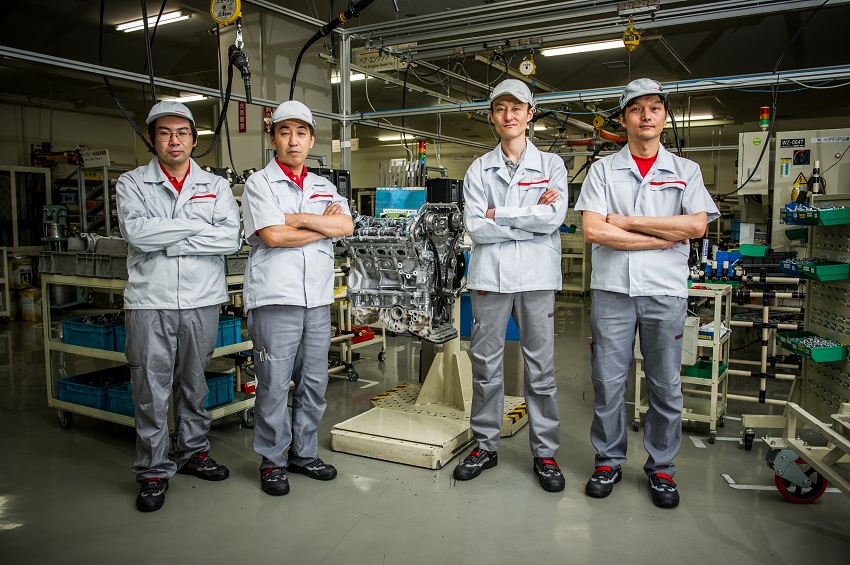
Four Of Nissan’s Finest
The most recent iteration of the ‘GT-R’ model line, the R35, is a masterclass of engineering. When it was first unveiled to the public, it was billed as one of the most technologically advanced performance cars on the market, and impressively it had the underpinnings to back that statement up!
From its carbon composite crossmembers, to its nitrogen-filled tires, the Nissan GT-R R35 was a meteoric leap for the Japanese sports car industry. Rather than being based upon the regular Skyline saloon like the GT-Rs of yesteryear, the R35 was an entirely bespoke, ground-up design, breaching the gap between tuner coupe and all-out supercar. Its new image meant a new identity, with the Skyline moniker being dropped for this iteration of GT-R. Meanwhile, under the hood, Nissan swapped out the iconic RB26 engine for something new as well.
In its place, came the VR38 – an all-aluminum twin-turbo V6 engine, which produced 485hp upon launch, but has been beefed up to 565hp in the years since. Remarkably, every single block is hand-built in one of Nissan’s sealed labs. What’s more, Nissan only trusts four of its finest engineers – Izumi Shioya, Nobumitsu Gozu, Tsunemi Oyama, and team leader Takumi Kurosawa – to get the job done! If you take a peek under the bonnet of any given R35 GT-R, you should be able to spot a small plaque, listing the name of the man who built that particular engine.
Locals refer to the quartet as ‘takumi’, which must get a bit confusing given Kurosawa’s first name. However, in Japanese, takumi translates to ‘master craftsmen, high in both skill and spirit’. A fitting description, if you ask me.
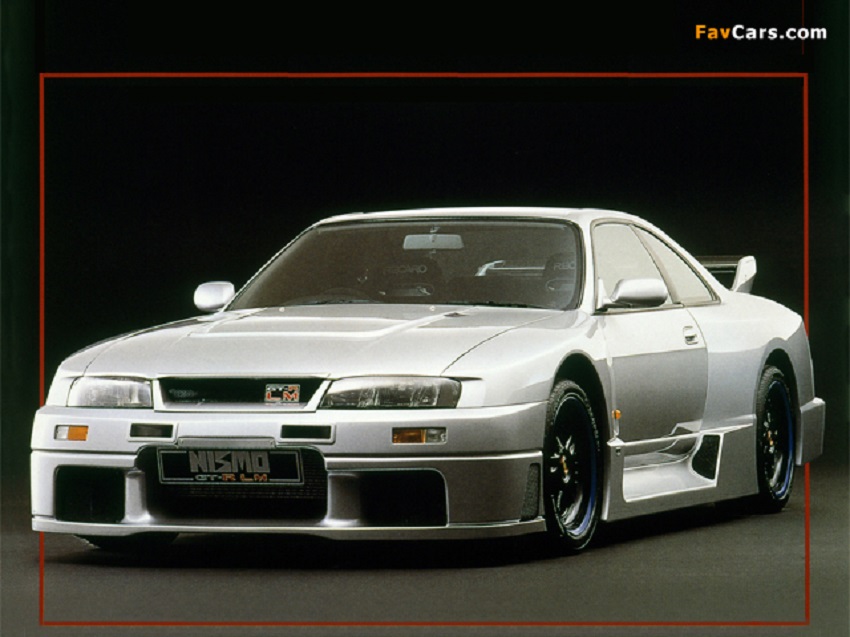
The Rarest GT-R Of Them All
Over the years, there’s been countless ‘halo cars’ within the Nissan Skyline GT-R stable. What I mean by that is cars that have garnered more prestige, and more desirability, than your average common or garden V-Spec. I’m talking about cars such as the R33-based Nismo 400R, or the R34-based Nismo Z-Tune. Even iconic tuning house creations like the Mine’s R34 demo car. In fact, everyone reading this right now probably has a specific halo car in mind when someone mentions the phrase, ‘Nissan Skyline GT-R’.
However, I’d be willing to bet that very few people – in fact, maybe none at all – would first think of the 1995 GT-R LM. On paper, that’s a bit strange. You’d think that, being the rarest special Skyline of them all, this car would enjoy a near-mythical status. But it doesn’t. Instead, it tends to quietly sit in the background of people’s minds, no matter how hardcore your JDM passion is.
Perhaps it’s down to relatability. Even though they’re a scarce breed, enthusiasts can still harbour hope of spotting (or potentially even owning) a 400R or a Z-Tune in the wild. However, that’s not possible with the GT-R LM. Only one of these road-legal Le Mans racers was ever built, and it currently lives in Yokohama at Nissan’s HQ. On the circuit meanwhile, the race version of the GT-R LM placed 10th overall in the 1995 Le Mans 24 Hours, and returned again the following year albeit with less success.
Still, it’s a shame that people don’t speak about a car like this – a factory built, 300PS, widebody coupe – more often.
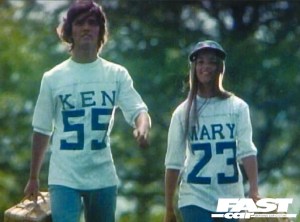
Ken & Mary’s American Dream
Over its many generations, the Nissan Skyline GT-R has picked up a few nicknames. In the modern era, ‘Godzilla’ has been the car’s go-to alter-ego, ever since the disgruntled Australian press brandished it with that image after it trounced their domestic Fords and Holdens at Bathurst. However, if you turn the clock back a little bit further, the earliest GT-Rs have interesting nicknames of their own.
Hakosuka & Kenmeri
The 1969-1972 C10 GT-R’s is the simplest. Often referred to as the ‘Hakosuka’, this term of endearment quite literally translates to ‘boxy Skyline’. Now, if we’re judging these on creativity, it’s certainly no Godzilla, but Hakosuka is pretty fun to say out loud, which I guess makes up for it.
After the C10, the C110 arrived in 1973, and you’ll be glad to hear that the nickname the world gave this car is far more imaginative than that of its predecessor. You’ll often hear them referred to as ‘Kenmeri’ Skylines, and when I first heard this, I wrongly assumed that kenmeri was some sort of Japanese phrase I didn’t understand. But actually, that’s not quite the case…
Marketing vs The Oil Crisis
Back when Nissan first launched the C110, the company wanted to conquer America with its Skyline and Skyline GT-R models. In fact, it’s almost blindingly obvious when you look at the C110’s fastback, muscle car-esque styling. So, to further help sell it to a Western audience, Nissan decided to frame the car’s advertising campaign around a young, fictional Western couple called Ken and Mary, who get to experience the Skyline while on a trip to Hokkaido.
The TV ads gained such traction that the Japanese public blended the names of the Ken and Mary characters into one word – kenmeri – which became the C110’s alternative identity forever more.
Sadly though, regardless of Ken & Mary’s marketing success, Nissan’s American Dream wouldn’t truly come to fruition until a decade or so later. The ’70s oil crisis meant that there was no place for a car like the Kenmeri GT-R, and so it was canned after just 197 examples left the factory floor…

Skyline Lives On
The modern-day GT-R may have ditched the Skyline nameplate, but that’s not to say that the Skyline doesn’t still exist.
Over in Japan, the Skyline is still alive and well, positioned in the market as a luxury sports-sedan. Despite its absence from our dealerships though, the car’s silhouette may look quite familiar to Western audiences. Over in the UK and the United States, the same core vehicle flies under the Infiniti Q50 banner, but the Japanese Nissan variant features a few key differences – largely in the styling.
First, you’ll notice that the grille is more akin to that of a current Nissan GT-R, meanwhile the rear lights feature rounded clusters which look reminiscent of ’90s Skylines in the dark.
It isn’t just a branding exercise either. In ‘400R’ spec (there’s another throwback for you), the new Skyline comes equipped with a 400PS 3.0-litre twin turbo V6, adaptive steering & suspension, and big performance brakes. So, we reckon it’d be quite a thing to drive. Even better, Nissan recently unveiled a full-on Nismo version.
Looking at Infiniti’s pitiful sales record in the UK, you can’t help but feel that Nissan might have missed a trick. Surely if the car simply had the Skyline name and image like it does in Japan, it would’ve sold much better. What do you think?
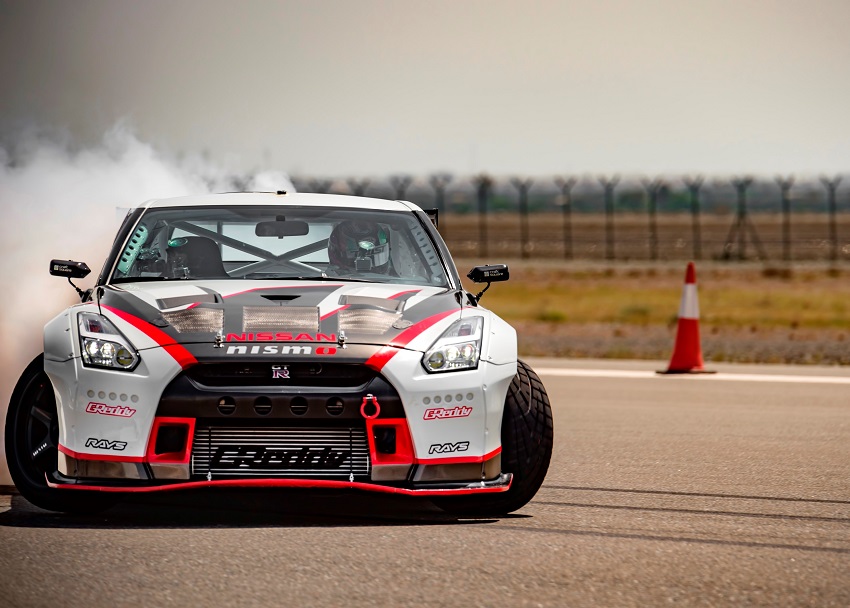
Drifting Into The Record Books
Our final piece of Nissan Skyline GT-R trivia is quite a fun one.
How fast do you reckon you could go while still maintaining a perfect drift? Well, whatever number springs to mind, I’m pretty sure it won’t match the speed attained by Masato Kawabata back in 2016.
If you aren’t familiar with him, Kawabata is a professional drifter and multiple D1 GP champion. Despite recently switching to Toyota machinery, he has a long, storied history with Nissan drift cars, making him a natural choice when the Yokohama marque decided that they wanted to enter the Guinness World Record Books.
The record that they decided to target was that of ‘world’s fastest drift’ – a title previously held by Jakub Przygonski who achieved 135mph while sideways in a tuned Toyota GT86.
Nismo and GReddy prepared a 1380PS Nissan GT-R R35 drift car for the stunt, which took place at an airport in the United Arab Emirates. Amazingly, Kawabata managed to lay down a 30-degree drift at 304.96kmh – around 189mph! I think it’s fair to say that this record will stand for quite a long time indeed…
Want to see some of the best modified Nissan Skyline GT-Rs on our site? Check out our this article next!

